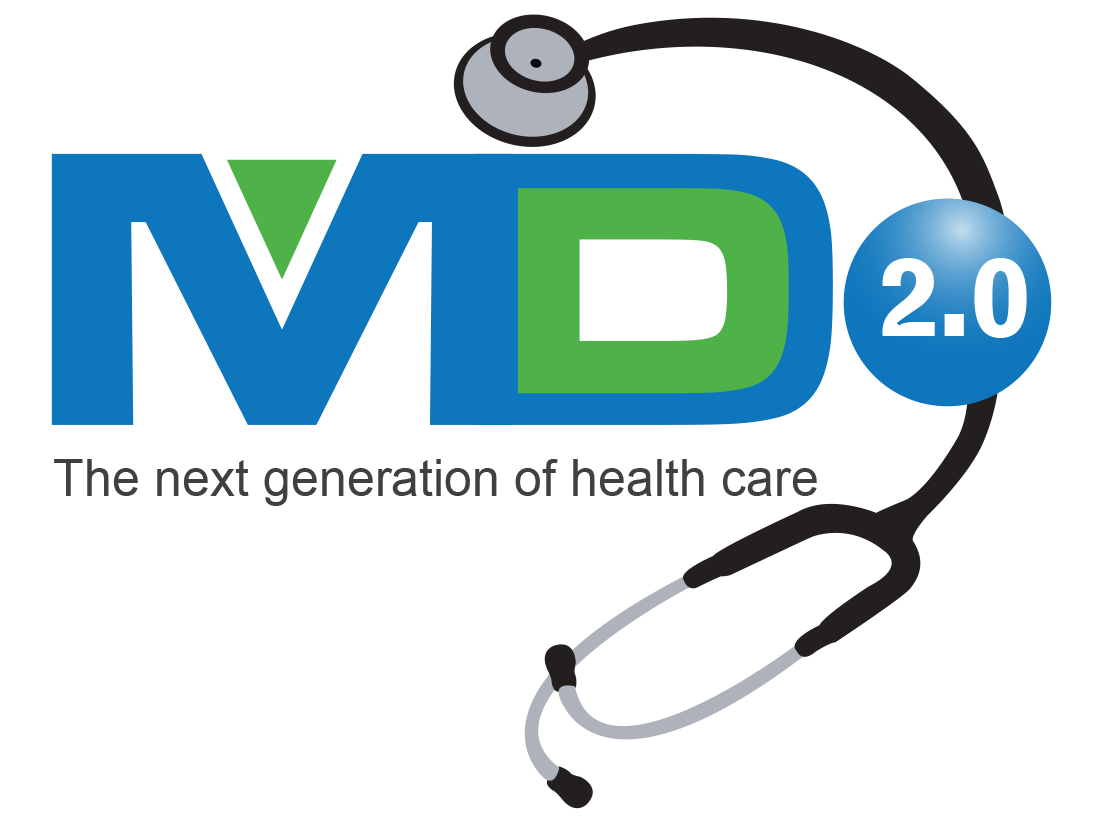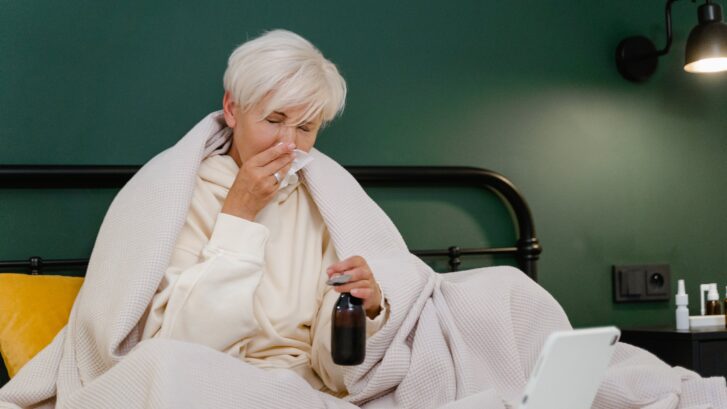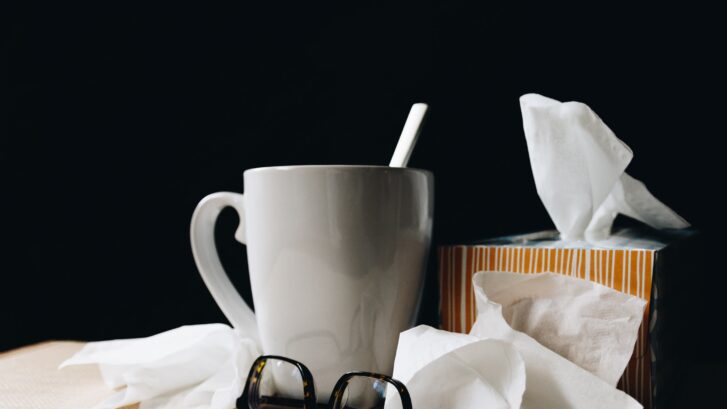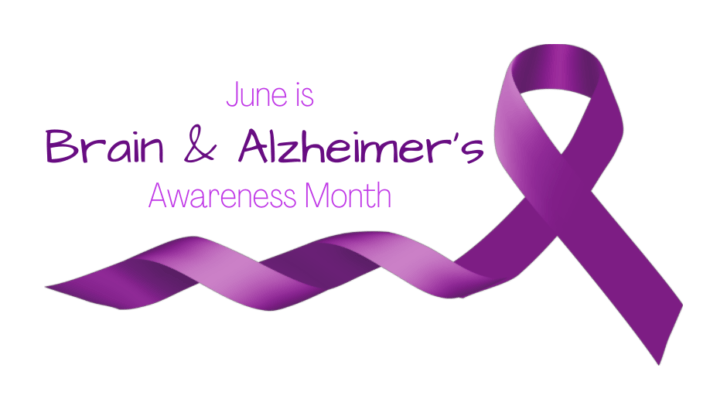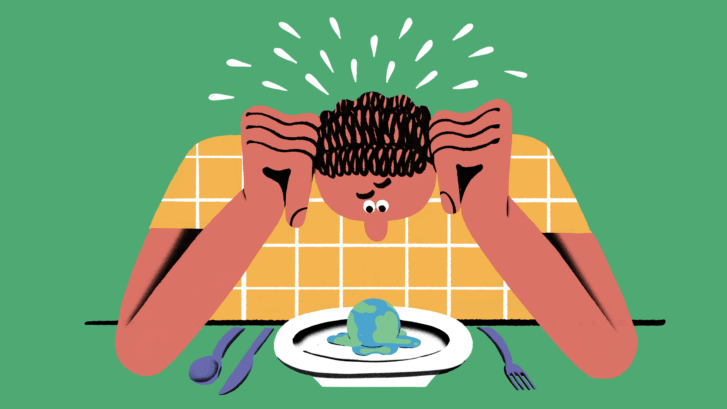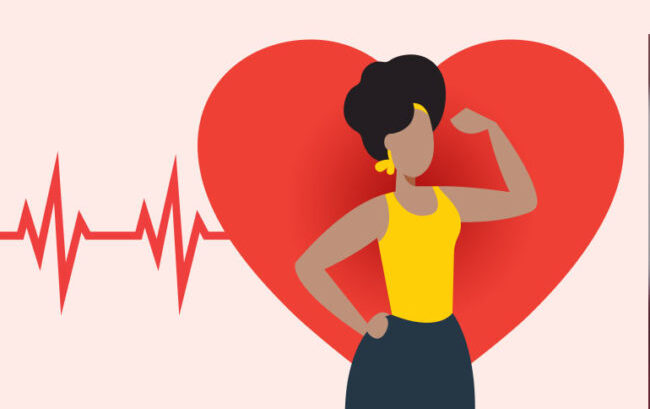Navigating the Current Landscape of Respiratory Illnesses: CDC Report Highlights Trends
In the ever-evolving landscape of public health, staying abreast of the latest updates from authoritative sources is crucial. Recently, the Centers for Disease Control (CDC) provided an insightful update on the status of respiratory illnesses in the United States. The report, released last Friday, sheds light on the prevalence of fever-inducing coughs and sore throats, prompting individuals to seek medical care. As we delve into the details, it becomes evident that while there have been some decreases, respiratory illnesses remain elevated across the nation.
Current Scenario:
The CDC’s update revealed that over the past two weeks, a significant number of jurisdictions – 22 to be exact – experienced high or very high activity in terms of respiratory illnesses. This is a notable decrease from 37 jurisdictions reported two weeks prior. The decline indicates a positive trend, albeit with certain regions still grappling with heightened levels of respiratory ailments.
Key Findings:
- COVID-19, RSV, and Flu Positivity Rates: Despite the overall elevated status of respiratory illnesses, the report brings attention to a nuanced picture. While COVID-19, Respiratory Syncytial Virus (RSV), and flu positivity rates remained elevated nationally, there was a glimmer of improvement. Both COVID and RSV rates saw a decrease compared to the previous week, while flu rates remained relatively stable.
- Emergency Room Visits: The post-holiday season witnessed a decline in emergency room visits related to respiratory illnesses. This dip is attributed to the country gradually returning to work after festive gatherings, which contributed to the spread of viruses during the peak of the flu season. It is encouraging to see a reduction in emergency room visits, signaling a potential easing of the burden on healthcare facilities.
- Wastewater Analysis: An intriguing aspect of the CDC update is the analysis of wastewater, providing a unique perspective on the prevalence of COVID-19. Although levels remained elevated, there was a shift from “very high” to “high,” with concentrations primarily observed in the Southern regions of the country. This insight into wastewater can aid in monitoring and predicting the trajectory of respiratory illnesses.
- Regional Disparities: States with a “very high” level of respiratory illness include New York, Tennessee, South Carolina, and Louisiana. Understanding these regional disparities is crucial for targeted public health interventions and resource allocation.
In conclusion, the CDC’s latest update paints a dynamic picture of respiratory illnesses in the United States. While there are positive signs such as decreased emergency room visits and some lowering of COVID and RSV rates, challenges persist, especially in certain regions. Staying vigilant, following public health guidelines, and adapting strategies based on regional trends will be key in navigating through these challenging times. As we move forward, continued collaboration between health authorities, communities, and individuals remains paramount in mitigating the impact of respiratory illnesses nationwide.
